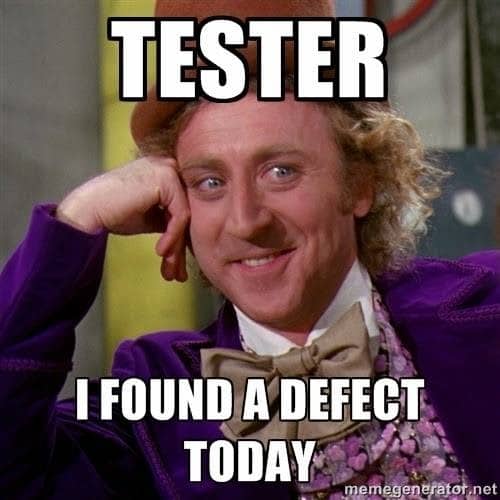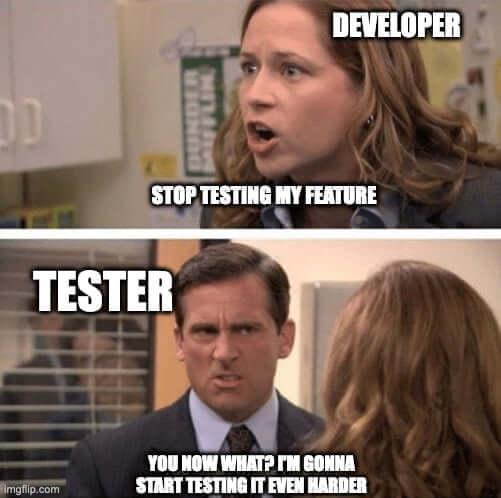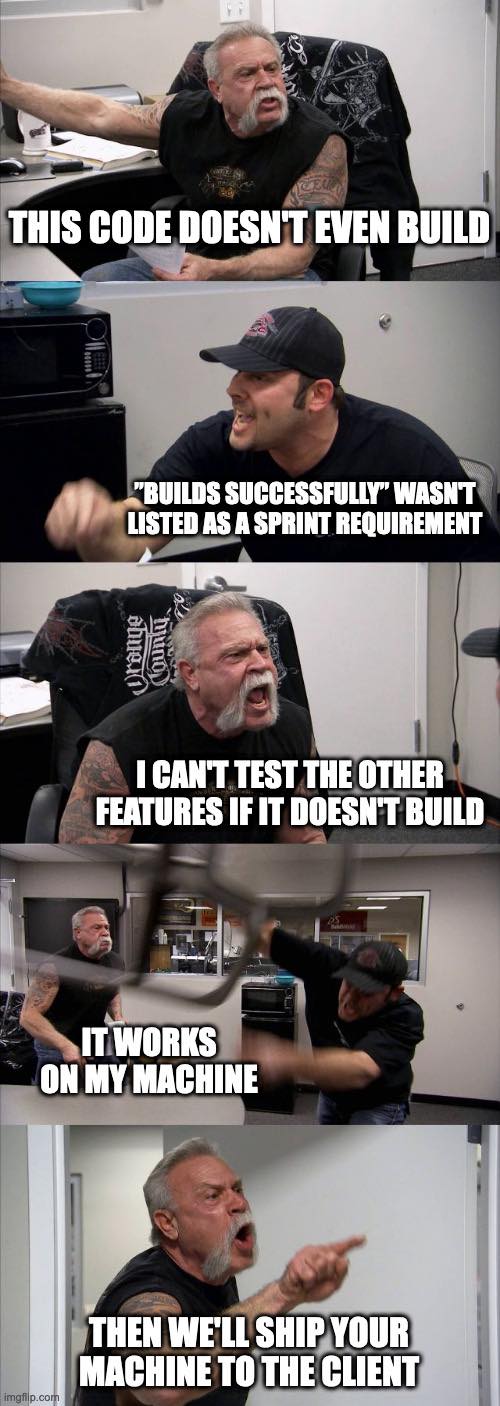If you haven't heard yet, CakePHP 2.5 was just released, and with it comes a plethora of awesomeness, such as the new completion shell, the Memcached cache adaptor and support for Amazon ElastiCache, a simple AES-256 encryption API, improved email parsing and validation options, support for unsigned, numeric, real and decimal types, cross origin requests (CORS) and much more. Be sure to check out the changelogs, as well as the migration guide, for a full breakdown of the what's been introduced.
With this milestone release, upgrading your code base is now more important than ever, as the framework heads towards a significantly mature and stable state. This directly affects your application, as you take full advantage of that stability, performance, security and a host of features, which help make your application the very best it can be.
If you're still on an older version of the framework, and think you may face great adversity in migrating, but still really want to see you code running on the latest and greatest version of the framework, don't hesitate to contact us. Upgrading is vital if you want to stay ahead of the pack, and get the most out of CakePHP.
Plugins
As we mentioned in an article a while back, we've been busy upgrading our Open Source plugins for CakePHP with the CakeDC Plugin Standard. At the same time, we're targeting them at the latest 2.5 code base, while also testing against Travis CI for greater community involvement on code stability and integration.
We encourage everyone who maintains a CakePHP plugin to also review their code, and revise that the changes in this latest version are compatible. And when you do, be noisy about it! Tell the world. Get it registered, and post around the CakePHP community. It's huge, and stretches across the globe. Only together can we make sure the quality of the framework and it's eco-system are strong and healthy, which benefits us all.
Contributing
If you're reading this, you probably use CakePHP, in either your own applications, or possibly at a company which uses the framework for client projects. Most of you may also be well aware of the active development that's currently going on with the third major version of the framework, and may have even played around with the developer preview releases of CakePHP 3.0, which were shared with the community over the past months. Over time, we've grown up with the framework, as well as others, and have helped advance the project to help everyone reap the full benefits of it's extraordinary rapid development.
If you're actively involved with the framework, and using it regularly, then don't pass up on the chance to join in with the world wide community of contributors, who help build and shape CakePHP, making it what it is today. And that doesn't necessarily mean writing code. There are plenty of ways you can help out and get involved with the project, and in the process, help maintain CakePHP as the project that it's become over the last, nearly 10 years of it's life time.
We're happy to be a part of this journey, and hope that you too join in for the next 10 years to come! The cake was never a lie.
 BUT...
BUT...
 It is not like we want to detroy what you have created but...
It is not like we want to detroy what you have created but...
 And we have to report it, it is our job...
And we have to report it, it is our job...
 It is not like we think
It is not like we think
 I mean
I mean


 I know you think
I know you think
 But remmember we are here to help xD
But remmember we are here to help xD
 Happy Holidays to ya'll folks!
Happy Holidays to ya'll folks!


